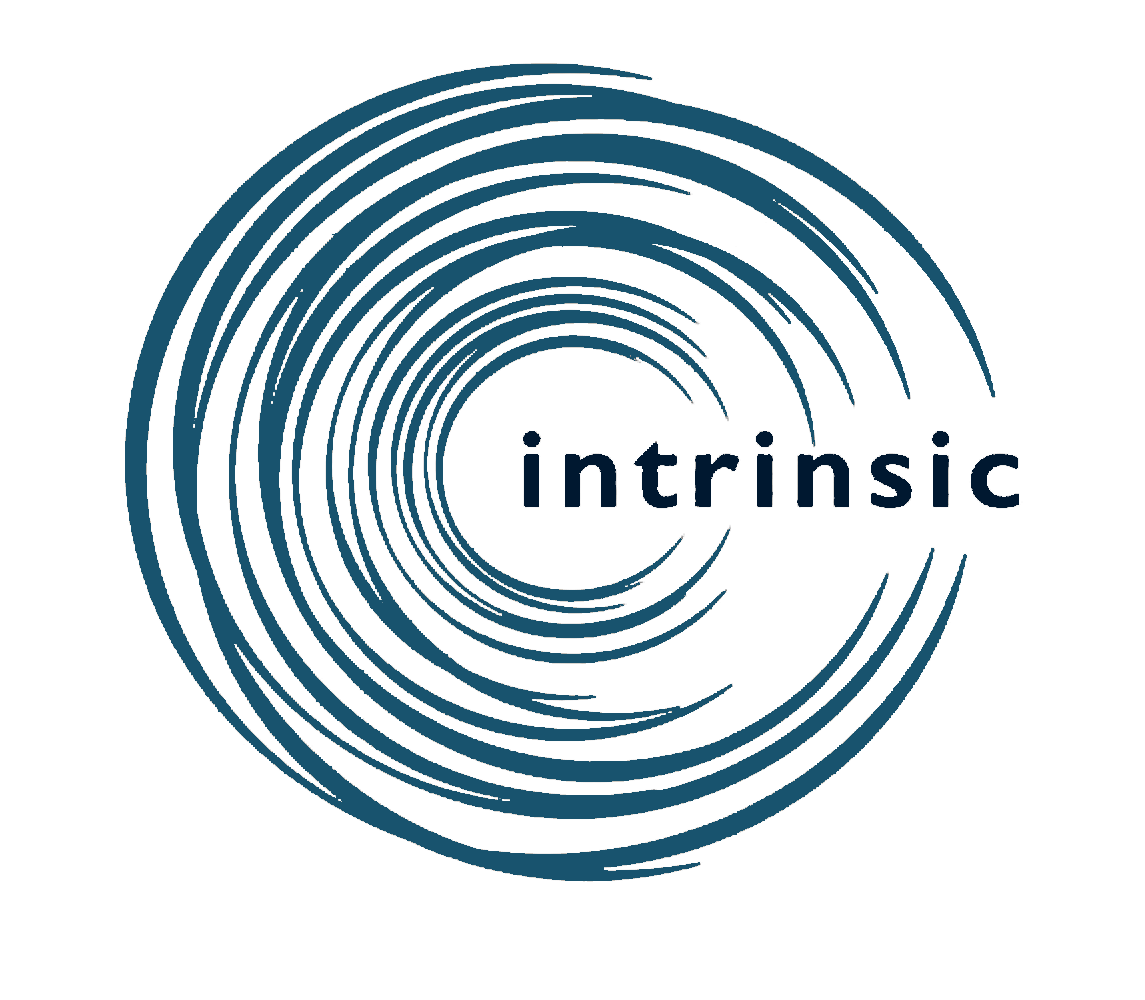transcend trauma
Breath is LIFE…
Inspiration literally means, “to take in life”. Breath patterns become unconscious and can reveal areas in the body, brain and being that become stuck from the inevitable trauma of living, no matter how or what that trauma looks like for you. It can become hard to take in life with ease, or to let things go, and our breath reveals these patterns in all of the layers of our being.
Our unresolved trauma becomes stored in the body’s tissues and in pathways of perception in our brains. Sometimes we don’t realize we are stuck until life calls us to move energy forward and stagnation or fear hold us back. Our lungs are a gateway for acknowledgment, awareness, and most importantly, they are a primary wedge between our unconscious patterns and our present, higher selves. With breath and the mechanics of embodied healing, we can release the trauma and reinforce connection to our vast and stable true selves. We can move, breathe, and think again from a place of center with access to the mobility, presence and energy given by this deep work.
Emily Hightower has been a student of breath and healing as a guide for over 20 years. She has extensive personal and professional experience in meeting the breath with sensitivity, knowledge, and neutrality for your process to take authentic root for you at your own pace. Her approach is anchored in the neurology of our stress response patterns, and the mechanics of embodiment and self-regulation, and vast training and experience with the medicinal patterns of yoga’s “pranayama” or breath practice.
Emily uses her own life as a laboratory to live these practices. She was introduced to Iyengar Yoga at age 15 after losing her dad to suicide. By that time she had also witnessed her mom’s traumatic brain injury and braced through the healing cycles of addiction and injury. Love was a certainty in the home, but resilience was something she had to discover. When she went to that first yoga class she realized how disconnected she had become from her own body, her own needs. The breath and embodied, aware movement patterns she discovered then evolved into a life of inquiry about what makes one person able to face fear and pain and another run from it or pattern themselves into addiction and more pain. The answer that she sees in herself and the thousands of people she’s worked with is in the breath. Emily allows herself and others to be real, human, flawed, and their own guru or teacher. She brings science, experience, and above all, authentic curiosity about each individual’s take on these practices in their own life-laboratories.

